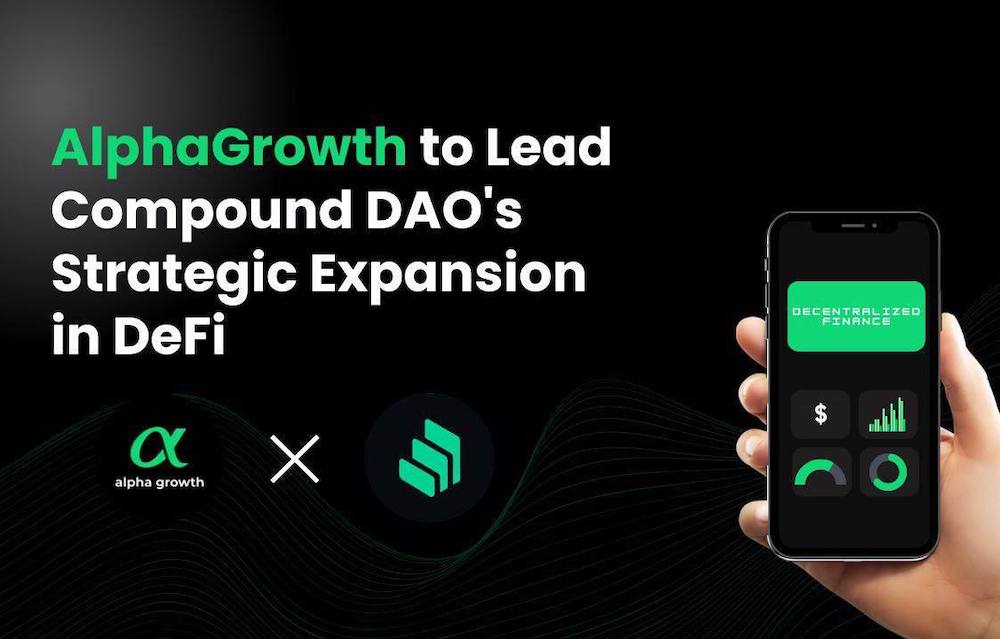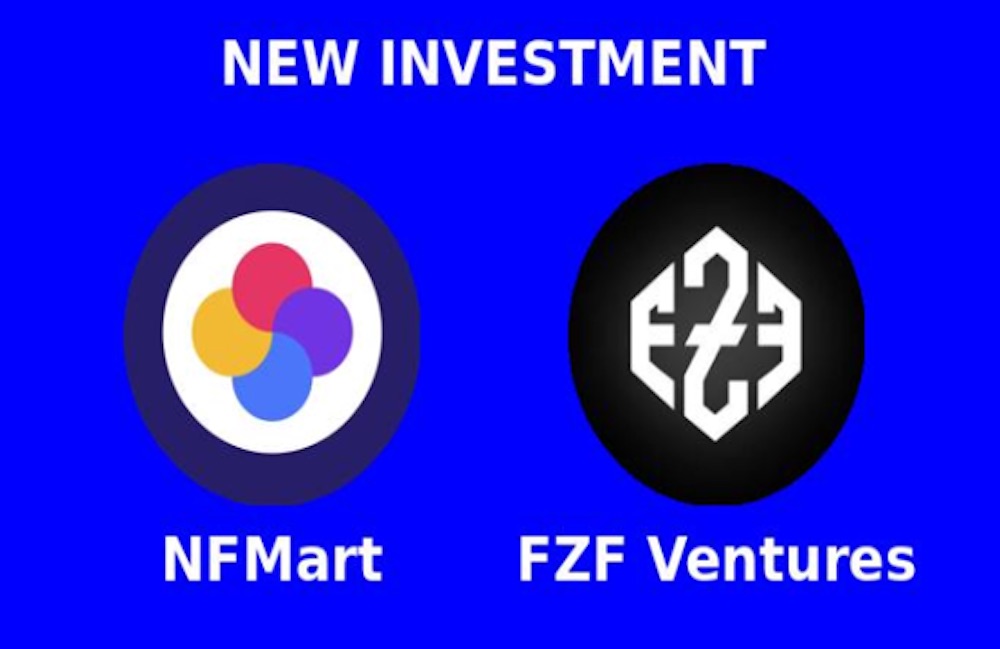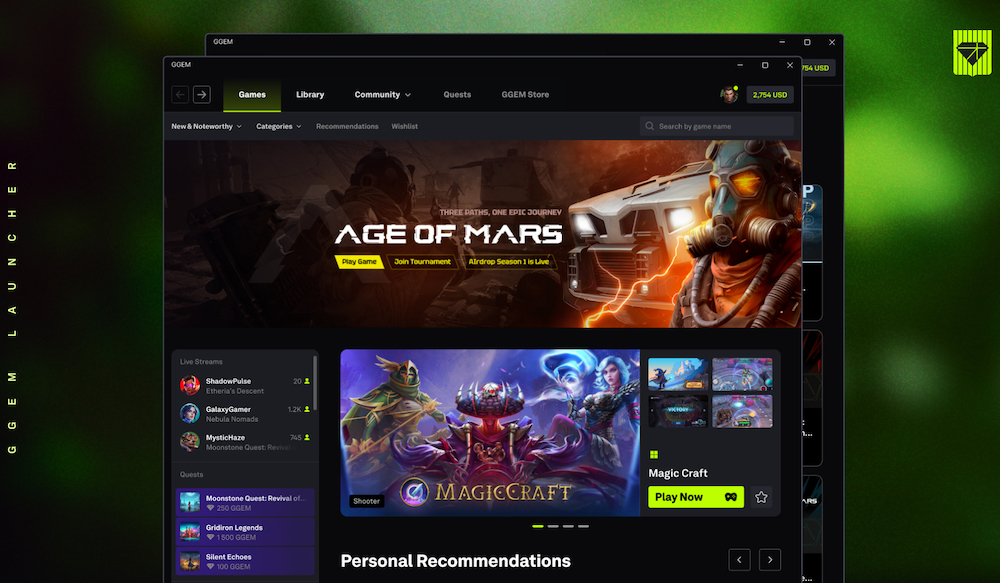The Naval Air Systems Command (NAVAIR) is exploring the use of blockchain to help track aviation parts throughout the parts life-cycle. Knowing the origin and history of flight-critical aircraft parts is a resource-consuming process that drives up the cost to operate military aircraft. The Navy hopes to change the way it tracks the lineage of parts. Currently, once parts are delivered to the user, the parts are tracked with pen and paper on a Scheduled Removal Component Card and manually entered into a database. Research has started that hopes to switch the Naval Aviation Enterprise to a permissioned blockchain.
Using a Cooperative Research and Development Agreement, NAVAIR’s Fleet Readiness Center Southwest (FRCSW) Advance Technologies Team has partnered with Indiana Technology and Manufacturing Companies (ITAMCO), developers of SIMBA Chain. SIMBA Chain is a product of an Army lead DARPA project for tracking secure messages using blockchain. Not only does ITAMCO bring technology innovation in a precision manufacturing setting, they also bring their own strategic partnership with Notre Dame’s Center for Research Computing. As part of the agreement, the Navy gets access to cutting-edge chain code as well as innovative protocols that can quickly and securely recall large data sets.
The ability to manage large data sets is not inherent to blockchain but these ancillary developments, along with managing life events and custody on a distributed ledger, will be a useful toolset among Navy, DoD and external industry partners. In return for helping the Navy understand how to use these exceptional software tools, ITAMCO will get to understand facets of the Navy and how the supply chain operates. The goal of the agreement is to develop a conceptual architecture for what a connected and visible supply chain could look like. A major hurdle is information assurance and accreditation for a distributed information system, a sizable departure from a centrally controlled database architecture the DoD is currently comfortable operating.
When all of the nodes supporting a supply chain become connected, it increases the vulnerability so special consideration must be given to cyber-security. By bringing the experts together early in the development of possible architectures, the authorities will better understand the risk and reward of a connected distributed system.
FRCSW, located on Coronado Naval Air Station in San Diego, California, is excited about becoming industry leaders in aviation supply chains. The Fleet Support Team believes the increased visibility and traceability will help NAVAIR support the Naval Air mission with an increased emphasis on safety and at a lower cost than we currently can achieve. “The Navy is very excited to work with ITAMCO on this cutting-edge technology to improve visibility, anti-tampering, traceability and data transparency in the NAVAIR supply chain,” said George Blackwood, Logistics Management Specialist F/A-18A-E & EA-18G ISSC North Island Fleet Support Team.
The Navy already has a trusted network so the blockchain would only loosely resemble public blockchains. Public blockchains start with zero trust and rely on computation power in the “proof of work” consensus methods. The Navy model will be a permissioned chain with a consensus mechanism requiring less computing power. Conceptually developing consensus methods that maintain the integrity of the ledger while providing for all of the stakeholders will be a collaborative effort. The Fleet Readiness Center is excited to be in the middle of this collaboration and well-positioned as a Maintenance Repair and Overhaul facility that currently manages relationships with much of the Naval Aviation Enterprise.




















